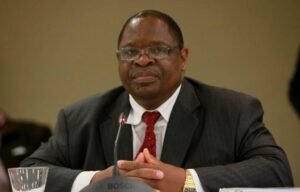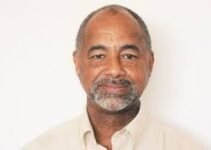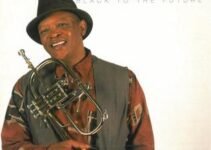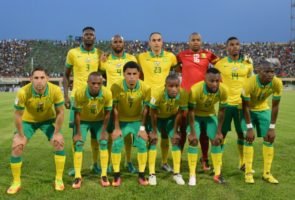As the sun paints the South African sky on March 11, the whispers of the past echo in the air. Like many threads woven into the nation’s vibrant tapestry, this date holds stories waiting to be unearthed. We embark on a journey of exploration, delving into the triumphs, tragedies, and turning points that mark March 11 in South Africa’s history.

2022: President Cyril Ramaphosa appoints Justice Raymond Zondo as Chief Justice
Deputy Chief Justice Raymond Zondo was appointed by President Cyril Ramaphosa as the next Chief Justice of the Republic of South Africa, effective April 1, 2022. Justice Zondo has been a judge of the Constitutional Court since 2012 and was appointed Deputy Chief Justice in 2017.
1996: Gen. Magnus Malan appears in court
The trial of Gen. Magnus Malan former defence minister, and nineteen co-accused started in the Durban Supreme Court. They pleaded not guilty to thirteen charges of murder and other charges, including conspiracy to commit murder and attempted murder. The charges related to a massacre of thirteen people in KwaMakhuta township south of Durban in 1987. All the accused were acquitted in October 1996. Justice Hugo dismissed all charges, saying the prosecution’s case was fundamentally flawed.
1982: Two former Soweto student leaders, Khotso Seathlolo and Mary Loate are given long term sentences
Two former Soweto student leaders, Khotso Seathlolo, 25, and Mary Loate, 23 were given long term imprisonment under the Terrorism Act. Seathlolo was given 15 years and his companion, Mary was given 10 years. The two were convicted for events related to the 16 June 1976 uprising. On this day, more than 20 000 learners marched against the use of Afrikaans as a medium of instruction in Black secondary schools. Seatlholo faced additional charges. These included leaving South Africa illegally and being a member of a banned organisation in exile. Other key leaders who played a major role were. Tsietsi Mashinini Murphy Morobe Seth Mazibuko Elias “Roller” Masinga Billy Masetlha Super Moloi Daniel Sechaba Montsitsi Trofomo Sono Sibongile Mthembu Mkhabela Titi Mthenjane Thabo Ndabeni Jefferson Lengane Paul Langa Hector Pieterson (killed in action)
1978: The apartheid government agrees to eliminate racial segregation in theatres but not in cinemas
In 1950, the South African government enacted the Population Registration Act and the Group Areas Act to segregate the population into racially defined groups and enforce total urban spatial segregation. The Separate Amenities Act of 1953 enforced segregation of all public facilities, creating separate beaches, buses, hospitals, schools, cinemas, theatres, and universities. The Act was abolished by President F.W. de Klerk on November 16, 1989.
1964: SA withdraws from the International Labour Organisation
In February 1964, the International Labour Organisation suspended South Africa from its Annual General Conferences due to its system of racial discrimination and labor practices. South Africa initially declined to withdraw, but eventually communicated its decision to withdraw from the organization on either March 11 or March 14, depending on the source.
1960: P.W. Botha, introduces the Republican Referendum Bill to Parliament
On 11 March 1960, South Africa introduced the Republican Referendum Bill. It allowed voters to vote either “Yes” or “No” on the question; “Are you in favour of a republic?” The Bill consisted of amendments to the Electoral Act of 1946.
1922: The South African Industrial Federation riot in the Rand Gold mining district
Members of the South African Industrial Federation (SAIF), a miners union for people socially constructed as ‘white’, ran riot in the Rand Gold mining district. They were protesting against proposals to open semi-skilled jobs to ‘non white’ workers. To this end they sabotaged trains, attacked people who were not considered to be ‘white’, and fired at the police. The 1922 mineworkers strike was the biggest strike in the history of the sector and resulted in the execution of three of the union members. Samuel Long, who was arrested in connection with the murder of Petrus Marais and subsequently executed. Marais was found guilty by the Strike Committee of being a police informant. Other union members who were executed were Herbert Hull and David Lewis, both arrested for the murder of Lt. Rupert William Taylor. The three, Long, Hull and Lewis went to their deaths on the scaffold at Pretoria Central Prison singing the ‘Red Flag’ (the official anthem of early socialists and communists in South Africa).



